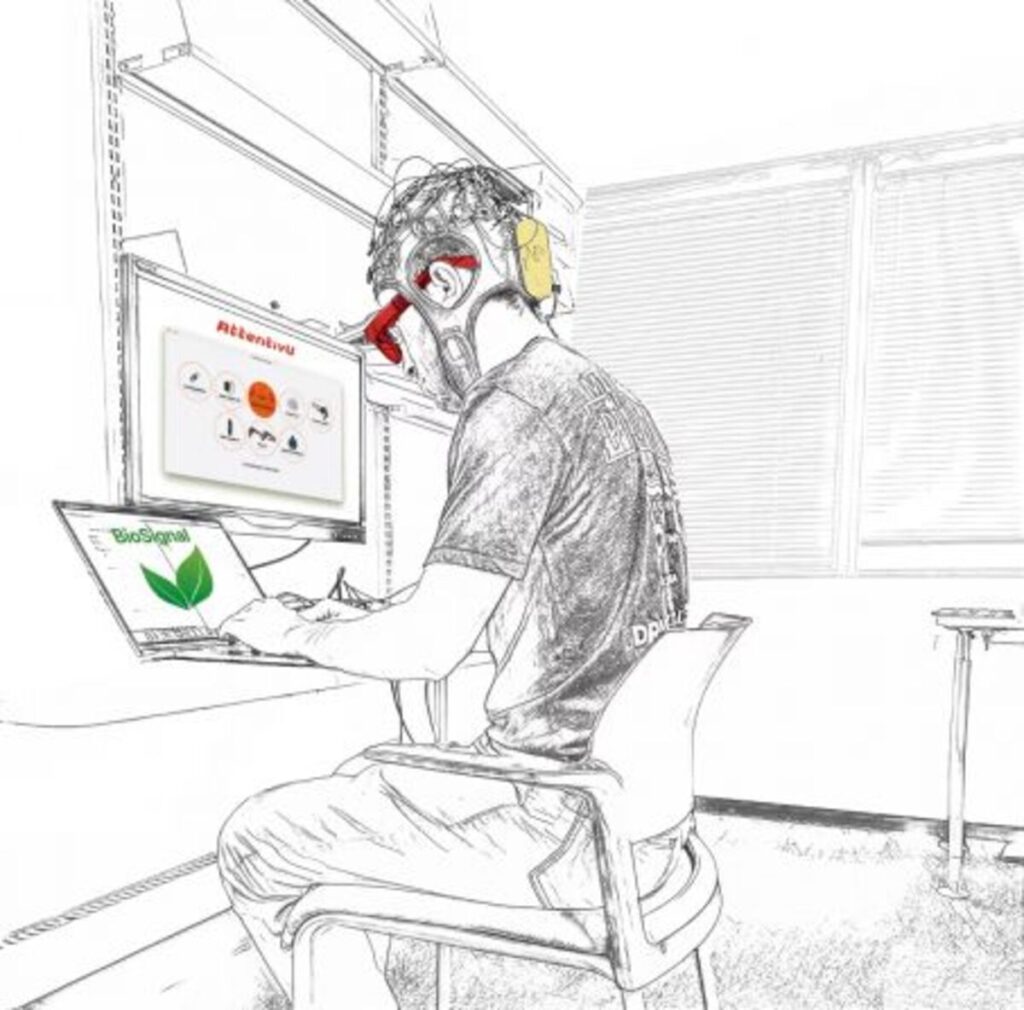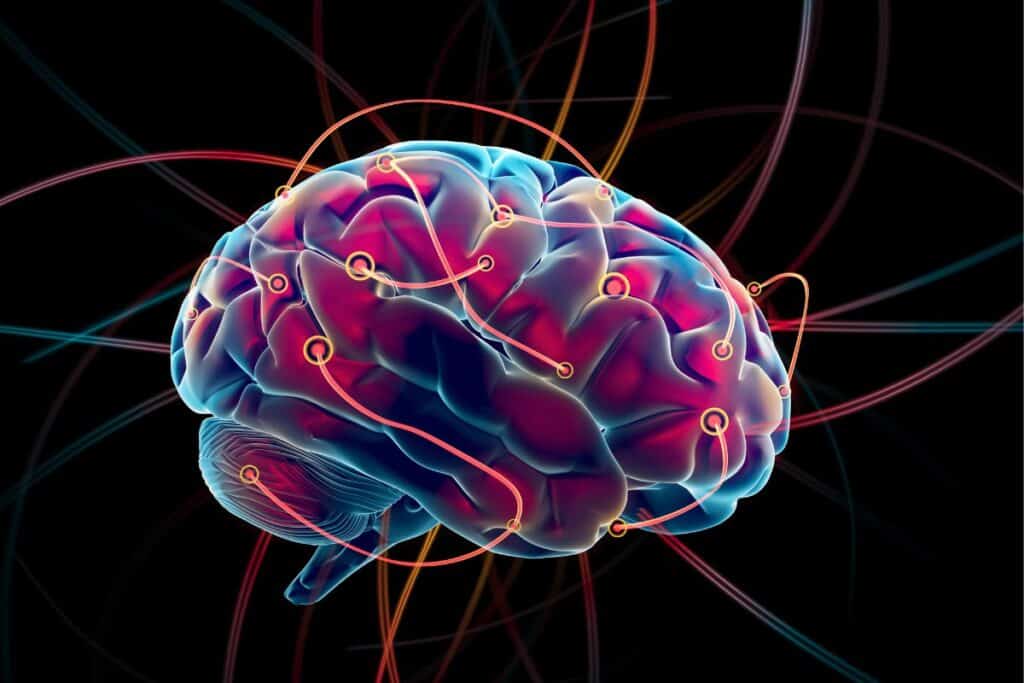As artificial intelligence becomes a fixture in our daily routines—from how we work to how we write—scientists are beginning to ask a difficult but essential question: what is this doing to our brains?
Delegating to AI: A Shortcut With a Cost?
A recent study from the Massachusetts Institute of Technology (MIT), still awaiting peer review, raises a concerning possibility: relying on tools like ChatGPT could diminish cognitive performance.
The researchers set up an experiment involving 54 young adults divided into three groups: one used ChatGPT to write short essays, another used Google, and a third worked entirely unaided. The essays, inspired by SAT-type prompts, were written in 20-minute sessions spread over several months. The goal? To observe how cognitive load changed depending on the tools used.
The team used electroencephalograms (EEGs) to measure brain activity during the sessions. The results revealed a clear pattern: participants who relied on ChatGPT exhibited the lowest levels of neural activation, while those working without any assistance showed the richest brain connectivity, particularly in regions linked to memory and reasoning.

When the Brain Goes on Autopilot
The brain is, at its core, a muscle: when you stop using it fully, it adapts—by doing less. That’s exactly what the researchers observed.
In follow-up interviews, 83% of ChatGPT users couldn’t recall a single sentence from their own essays. This sharp contrast with the other groups suggested more than simple forgetfulness—it pointed to a weaker cognitive imprint. Essentially, by outsourcing the intellectual heavy lifting, the brain stopped encoding and engaging with the information meaningfully.
To explore this further, a fourth session flipped the roles: those who had used ChatGPT now had to write without help, and vice versa. The results were telling. Participants who switched from AI to solo writing showed lower cognitive performance, while those moving in the opposite direction reactivated memory-linked brain regions—suggesting they were referencing earlier thinking patterns even while using AI.
Researchers dubbed this effect a “cognitive debt”: the more we rely on AI for thinking tasks, the harder it becomes to reclaim our natural cognitive rhythm when we need it.
What the Findings Really Tell Us
Let’s be clear: the study isn’t flawless. It hasn’t yet been peer-reviewed and had a relatively small and homogenous sample. Also, it didn’t break down the writing process into individual tasks (brainstorming, drafting, editing), which might have offered more granular insights.
Still, the warning signs are there. If confirmed, these findings imply that AI tools like ChatGPT may not be neutral helpers—they may actively alter how we engage with complex tasks.
And these results echo broader concerns. Other studies have found that language models can reduce critical thinking, motivation, and creative flexibility. As neuroscientist Albert Moukheiber points out, the real danger isn’t just in the technology—it’s in how we relate to it. Users who trust AI uncritically show less analytical depth than those who treat it with caution.
How to Use AI Without Losing Your Edge
So, should we stop using ChatGPT altogether? Not necessarily. Like any tool, it depends on how you use it.
When AI serves as a prompt, a sparring partner, or a structure-checker, it can enhance creativity and focus. But when it replaces the thinking process altogether, it risks becoming a mental crutch—efficient in the short term, but limiting over time.
For athletes, the parallel is clear. You wouldn’t outsource your footwork or serve to a machine and expect to improve. The same goes for your cognitive fitness: practice, effort, and discomfort are what build long-term ability.
In a world increasingly dominated by automation, the challenge will be keeping our minds sharp, engaged, and independently capable. And that starts with knowing when to think for yourself—even when a smart tool offers to do it for you.
- Elon Musk Fires One of His Top Tesla Lieutenants - 14 July 2025
- Why ChatGPT Might Be Harmful to Your Brain, According to Science - 13 July 2025
- ChatGPT’s creator warns: don’t trust it blindly - 12 July 2025



